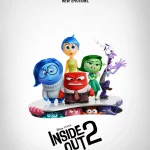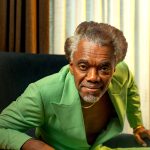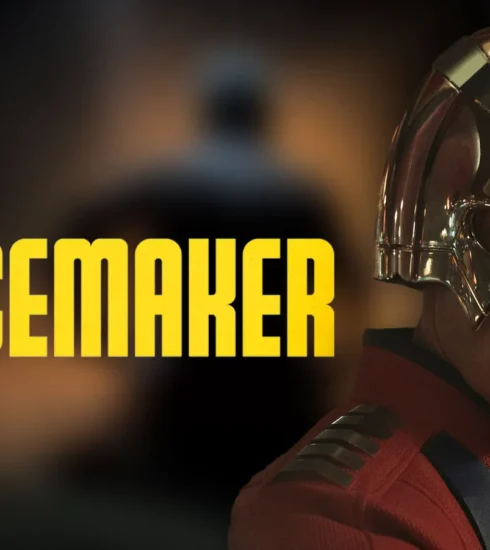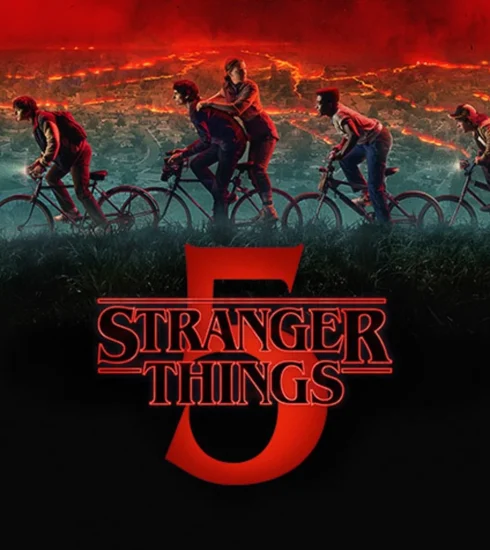Watch of the Week: House of the Dragon Season 2 Episode 1
War is often not just one single event but a culmination of events. It’s the final destination on a road littered with little incidents that feed into one larger flashpoint, a crossing of the Rubicon that ends in destruction and death. When House of the Dragon starts its sophomore season on Sunday, June 16, on HBO, the Game of Thrones prequel isn’t quite at this point of no return. But it’s pretty damn close.
Season 2 picks up in the immediate aftermath of the first season finale, which saw the death of Queen Rhaenyra’s (Emma D’Arcy) son Luke at the hands of Prince Aemond Targaryen (Ewan Mitchell), the realm of Westeros is bracing for the impending Targaryen civil war. While the events of the finale painted Aemond’s role in the kinslaying — a cardinal taboo in Westeros — with shades of grey, the rest of the Seven Kingdoms doesn’t see eye-to-eye with his version of events. Thus, there’s a need to choose teams before all hell inevitably breaks loose.
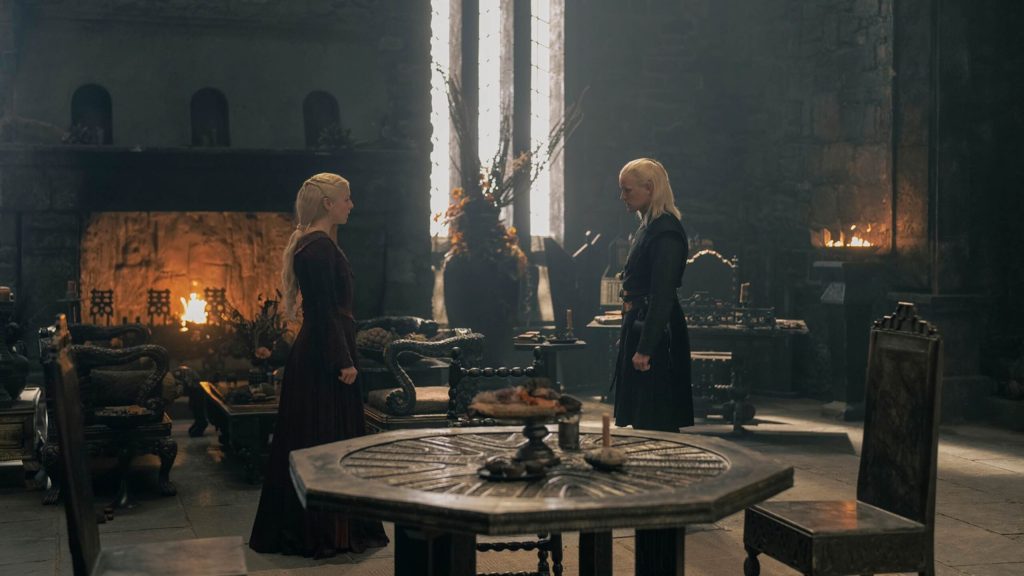
As a quick refresher: There’s Team Black (those who believe Rhaenyra is the rightful heir to the throne), and Team Green (those who back King Aegon II’s claim).
If all of this sounds a little hard to track, well, welcome back to George R.R. Martin’s dense world. That said, the premiere does a good job of refreshing everyone on the stakes and players of this particular era of throne games. It’s a welcome, and perhaps the only, bit of respite in the season, as once a bit of table setting is established, showrunner Ryan Condal and his team send the series into the deep end by kicking off one event after another to stoke the (dragon) fires of war. Across the four episodes provided to critics for review, “House of the Dragon” quickly takes to the sky, and the season becomes a breathlessly exciting and gripping tale. Those who quibbled with the year-spanning gaps between episodes last time around will find none of that epic sprawl, as the events depicted across these episodes unfold over a few short weeks.
While hauntingly well-executed, part of the criticism levelled at the Season 1 finale was the feeling audiences hadn’t spent much time emotionally investing in the youngest generation of Greens and Blacks, making Luke’s death feel a little more inert. In Season 2, House of the Dragon” does a much better job establishing both Rhaenyra and Alicent’s (Olivia Cooke) children. The immediate beneficiaries of this choice are the Green kids — Aegon (Tom Glynn-Carney), Aemond and Helaena (Phia Saban), who are much more involved in the early ongoings of the season as Aegon figures out how to rule and Aemond atones for his choices. It takes a bit more time to dive into the characterizations of Rhaenyra’s children, Jace (Harry Collett) and Baela (Bethany Antonia). Still, they take on active roles as the drums of war ring louder, allowing for much-needed development. There’s also a renewed focus on Mysaira (Sonoya Mizuno), who felt cast aside and wasted in the latter portions of the previous season.
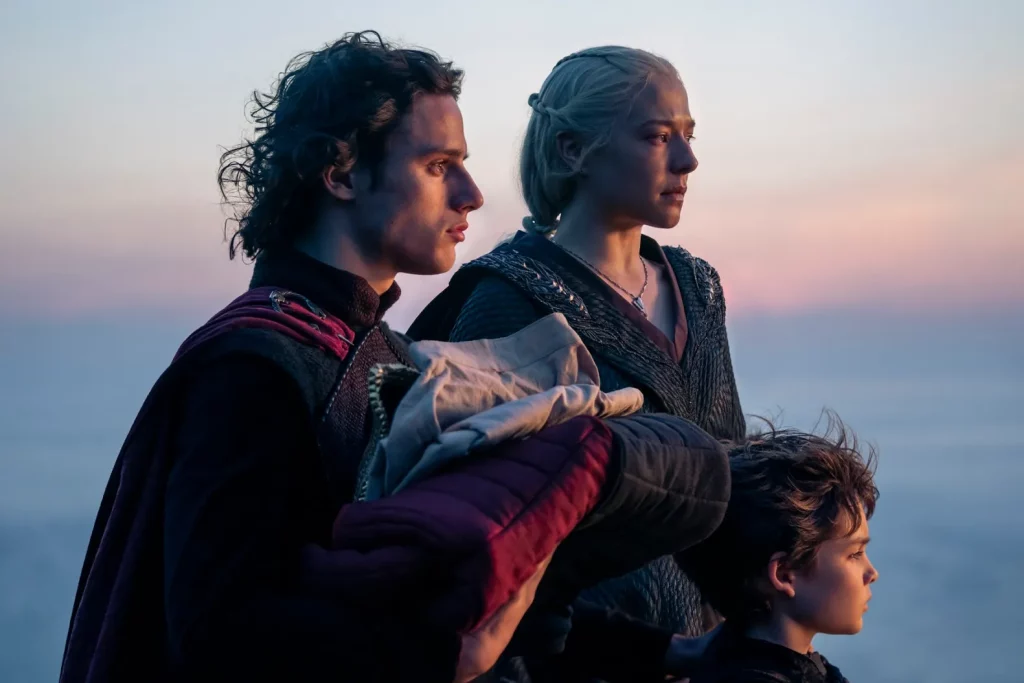
Considering the air time needed to balance two generations across two families, “House of the Dragon” could easily fall into a rut of tunnel vision. Instead, there’s a welcome development as the series continually finds moments to orient the larger stakes around the daily lives of the Westeros working class. There are a handful of moments throughout these episodes where Condal and crew — including directors Clare Kilner and Geeta Vasant Patel, who return from Season 1, and Game of Thrones stalwart Alan Taylor — take a beat to show off the lives of the “smallfolk.” By going smaller, the world of House of the Dragon feels bigger and more live, especially when bolstered by what looks to be a significant upgrade in the show’s overall production budget; Kilner and Patel’s episodes, in particular, feel much more expansive, alive and vibrant, as the series finds new and exciting nooks and crannies around King’s Landing before expanding beyond the reach of the Iron Throne to locations new and old.
The show also manages to service the older cast, finding gripping arcs for all involved. In particular, D’Arcy and Cooke remain electric and magnetic to behold. Fabien Frankel finds new levels of bastardy in Ser Cirston Cole. Matt Smith’s Daemond remains unhinged, twinged with a sense of melancholy over his brother’s death. Rhys Ifans and Matthew Needham scheme and plot as Otto Hightower and Lord Lards, respectively. The one weak point is that of Lord Corlys (Steve Toussaint), whose arc takes a slight backseat in favour of fleshing out the children before heating back up just before the stretch of provided screeners ran out.
With so much history established between the Blacks and the Greens throughout last season, House of the Dragon soars even higher this time as it leverages the audience’s past to inform its present. Each little road sign along the metaphorical highway to war is richer, deeper and sadder because of the characters’ relationships with one another. Calling something as tragically rendered as this episode of House of the Dragon fun isn’t quite right— but it is utterly compelling and expertly crafted television.
Boluwatife Adesina is a media writer and the helmer of the Downtown Review page. He’s probably in a cinema near you.


